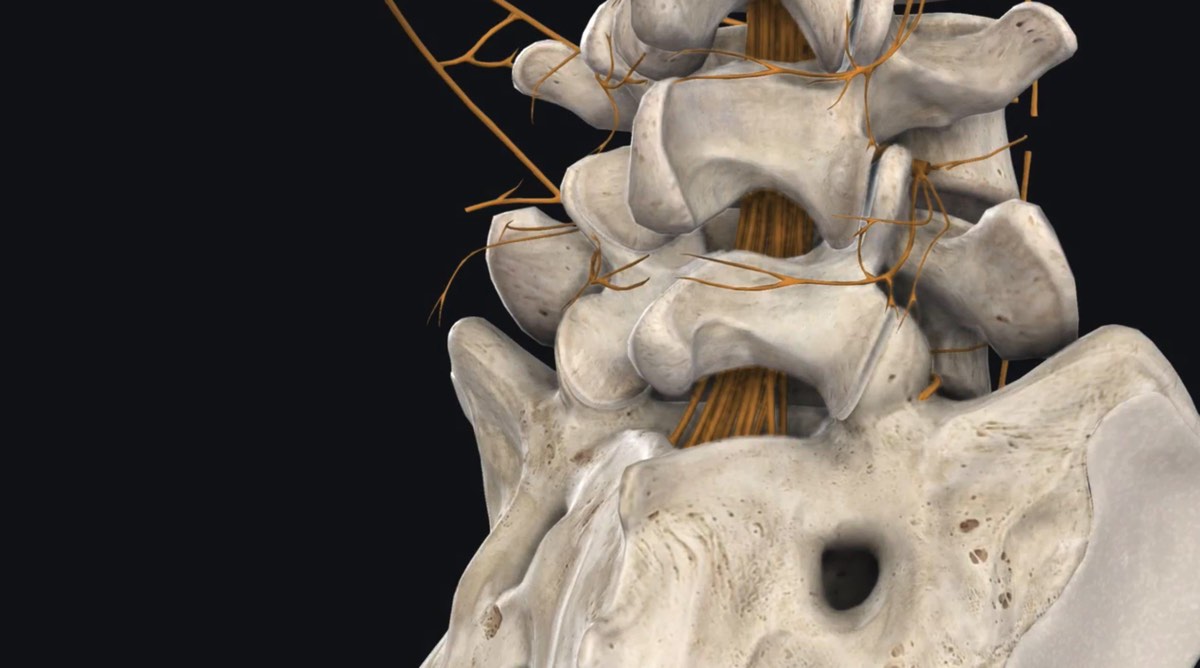NEW YORK (Reuters Health) – Women who receive general anesthesia for cesarean delivery have much higher rates of postpartum hemorrhage than those who have epidural anesthesia, a study conducted in Taiwan has shown.
Numerous maternal and obstetric factors are known to increase the risk of postpartum hemorrhage, the researchers note in the American Journal of Obstetrics and Gynecology online June 27, but anesthetic management of cesarean section in relation to this risk has rarely been studied.
Dr. Herng-Ching Lin and colleagues at Taipei Medical University compared the risk of postpartum hemorrhage using a national dataset covering over 200,000 women who were pregnant during a 1-year period. Within this cohort, 69,533 had live singleton births via c-section and after exclusions 67,328.were included in the study: 2,433 received general anesthesia and the other 64,895 received spinal/epidural anesthesia.
The rate of postpartum hemorrhage was 5.1% among mothers who received general anesthesia compared to 0.4% in mothers who received spinal/epidural anesthesia (p<0.001), the researchers found.
After adjustment for maternal age, parity and pregnancy complications, the odds ratio for postpartum hemorrhage was 8.15 (p<0.001) for patients who received general anesthesia compared with those who received spinal/epidural anesthesia, Dr. Lin and colleagues report.
They conclude, “This finding supports previously proposed methods of anesthetic management of obstetric hemorrhage, and provides evidence for the evolving concept of using regional anesthesia for high risk (c-section) patients.”
Reference:
Anesthetic Management as a Risk Factor for Postpartum Hemorrhage after Cesarean Deliveries
Am J Obstet Gynecol 2011.









